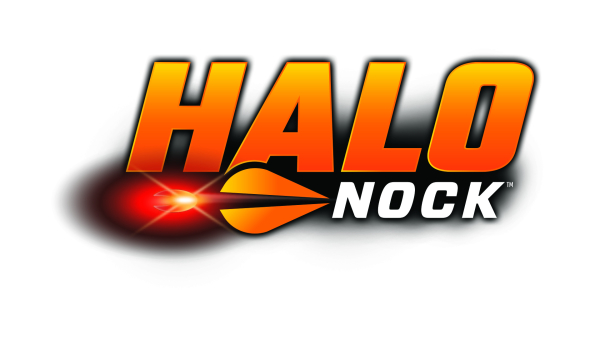Fast Bows and Lighted Nocks
By Glen Wunderlich
The evolution of archery equipment continues in various forms with faster bows in both vertical and horizontal configuration. Understandably, archers’ desires tend to gravitate to more velocity, which translates to flatter trajectories in the flight of arrows. The concept allows aiming points to be stretched, thus minimizing range-estimating errors – especially at closer ranges, where deer are typically taken. Speed kills and it sells, too.
However, in historical terms, today’s bows, including compound bows manufactured some 20 years or more ago, are relatively fast. And, in one over-riding aspect of sheer velocity, today’s bows lessen the chance of a deer “jumping the string” – a term used when a deer hears an arrow being launched and crouches down to begin its flight from imminent danger. Since the speed of sound is some 3 times more than the fastest bows of today, the longer it takes an arrow to reach its target, the more chance a deer will not be in the same position, as when the shot was taken.
From an ethical perspective, it behooves an archer to reduce the distance to the target animal. That’s the bottom line, whatever archery equipment one uses. While some many refer to crossbows as “crossguns,” there simply is no comparison to any firearm that propels a trajectory at supersonic speed – some 2 to 3 times the speed of sound. There is no such thing as “jumping the bullet”.
Upgrading a bow can cost upwards of $1,000. While some may feel the need for speed, a relatively recent technological advancement in archery hardware has now become a “must have” and costs about $10: the lighted arrow nock.
Gone are the string trackers of yesteryear, in which a problematic spool of visible line was affixed to a bow. The archer would in theory follow the string to his or her prize. Of course, what could go wrong, did. Enter the electronic age.
By replacing the conventional arrow nock (the end of the arrow that engages the string) with a highly visible LED nock, the flight of the arrow can be traced. Some states consider them to be an unfair advantage, but that thinking is ludicrous! They only help a person locate and arrow. Whether the arrow missed its target or passed through a deer or left the scene with the animal, it is a good thing. Period.
The system I had been using turned on by means of a switch in the nock and a magnet mounted on the bow. I never really trusted the seemingly complex system and have since abandoned it in favor of a Lumenok lighted nock.  (Other brands are available, but I have no experience with them.) It is extremely bright and quite visible in broad daylight. But, its simplicity in design and relatively low cost make it standard equipment for me – that is until something better comes along.
(Other brands are available, but I have no experience with them.) It is extremely bright and quite visible in broad daylight. But, its simplicity in design and relatively low cost make it standard equipment for me – that is until something better comes along.
Instead of a magnet, the bow’s string pressure closes the electronic circuit when the arrow is released. It’s easy to install and Lumenok has videos on its website to walk a person through the installation, if the printed instructions are not enough. All anyone must do is to insure that the nocks are compatible with the inside diameter of the arrows being used, so that the fit is proper.
Retrieving expensive arrows, broadheads, and ultimately freezer-filling venison has never been easier.






